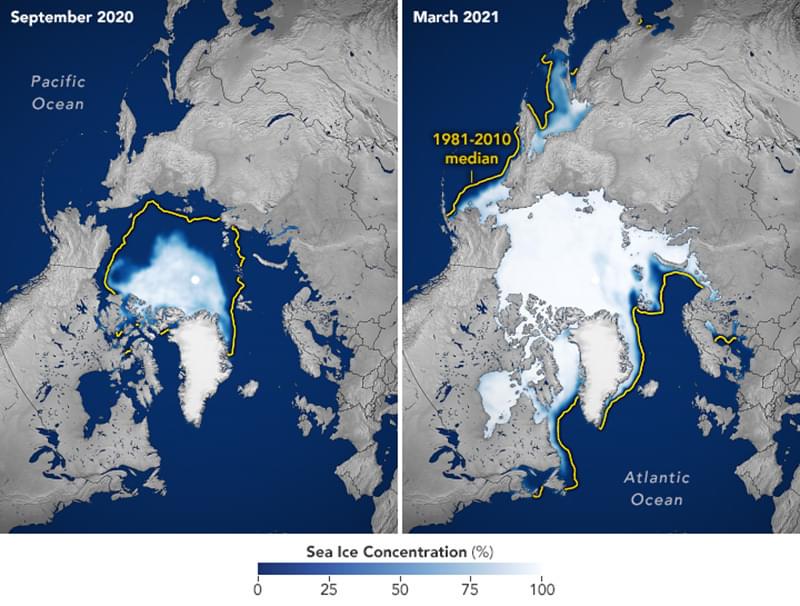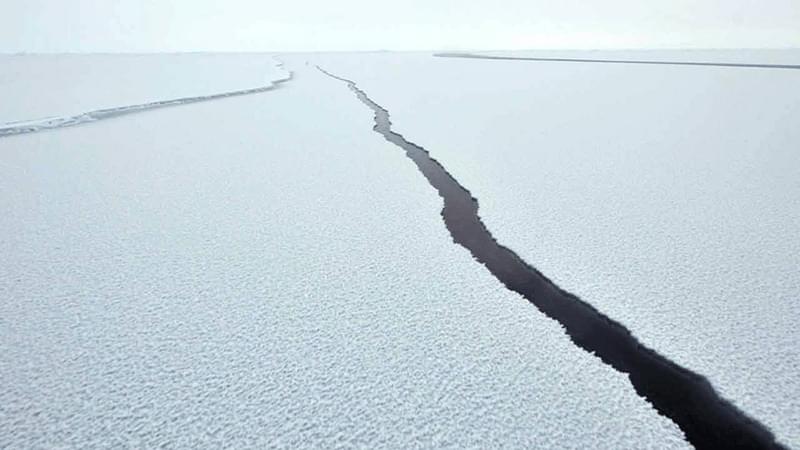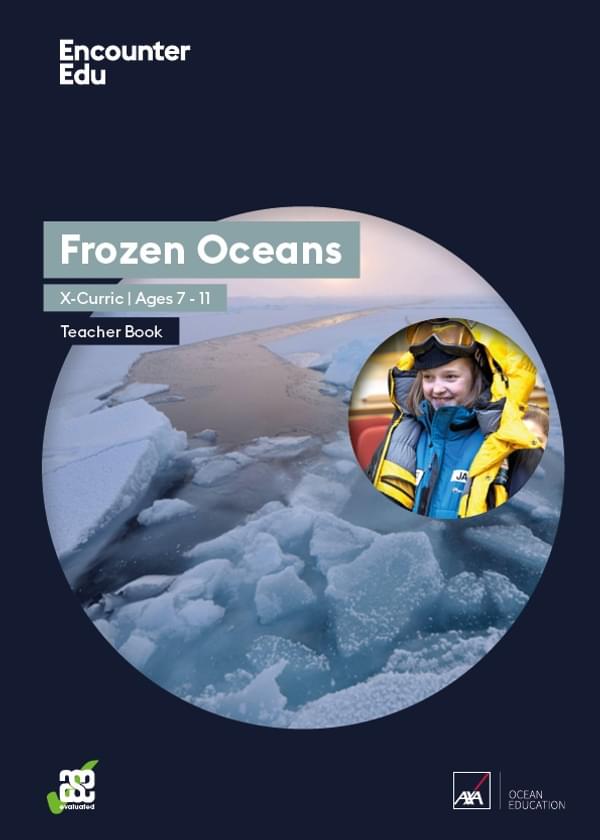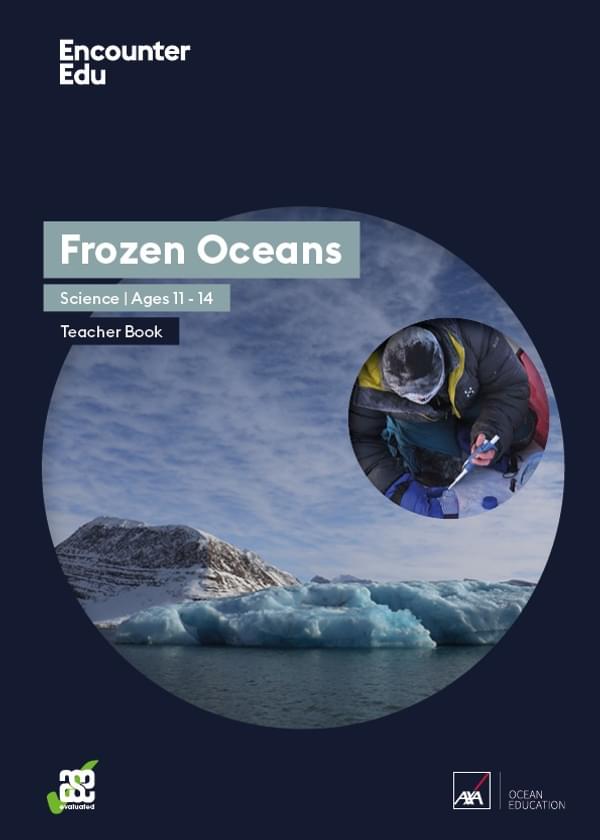A melting Arctic
The Arctic is undergoing rapid changes due to global warming, with significant implications for the environment, wildlife, indigenous communities, and geopolitics. The quintessential view of the Arctic as a permanent frozen landscape is increasingly being challenged by the realities of climate change.
 NSIDC
NSIDC
 NSIDC
NSIDC
How is the Arctic changing?
Arctic sea ice extent has been declining at an alarming rate in recent decades. While the area covered by ice has always fluctuated with the seasons (figures 1 and 2), the overall trend shows a significant decrease in both the minimum and maximum extents of sea ice. In 2020, the Arctic experienced the second-lowest minimum sea ice extent on record, with only 2012 seeing a lower extent. The thickness of the sea ice has also been decreasing, making it more vulnerable to melting.
Recent studies suggest that the Arctic could be ice-free during the summer months as early as the 2030s or 2040s, depending on the rate of greenhouse gas emissions. This has major implications for shipping routes, with the potential opening of the Northwest Passage and Northern Sea Route, connecting Europe and Asia.
Does melting ice cause sea level rise?
The melting of sea ice does not directly contribute to sea level rise, as the ice is already displacing its own weight in the ocean (figure 3). However, the melting of land-based ice sheets, such as those in Greenland and Antarctica, does contribute to sea level rise. The Greenland ice sheet, which has been losing mass at an accelerating rate, could raise global sea levels by up to 7 metres if it were to melt completely. The Antarctic ice sheet holds even more potential for sea level rise, with an estimated 58 metres of potential rise if it were to melt entirely.
Geochemical and physical problems
The loss of Arctic sea ice is causing a reduction in the albedo effect, which is the reflectivity of the Earth's surface. As the white ice is replaced by darker ocean water (figure 3), more solar energy is absorbed, leading to further warming and creating a positive feedback loop. This amplification of warming in the Arctic is known as Arctic amplification.
Changes in the Arctic can also affect global ocean circulation patterns, such as the Atlantic Meridional Overturning Circulation (AMOC). The AMOC is driven by the sinking of cold, dense water in the North Atlantic, and its slowing down could have significant impacts on regional climates.
 Catlin Arctic Survey
Catlin Arctic Survey
Biological problems
The decline in Arctic sea ice is having a profound impact on the region's ecosystems and wildlife. Many species, such as polar bears, walruses, and various seals, depend on the sea ice for hunting, breeding, and resting. The loss of sea ice habitat is forcing these animals to adapt or face population declines. The changes in the Arctic can also lead to trophic cascades, where the impacts of sea ice loss ripple through the food web, affecting multiple species and ecosystem dynamics.
Socio-geo-political issues
The melting of Arctic sea ice is opening up new opportunities for resource extraction, shipping, and tourism. Countries bordering the Arctic, such as Russia, Canada, and Denmark (via Greenland), are increasingly asserting their territorial claims in the region. This has led to increased military presence and geopolitical tensions.
The rapid changes in the Arctic are also having significant impacts on indigenous communities, such as the Inuit and Sami. These communities are facing challenges to their traditional ways of life, including hunting practices and cultural heritage. Loss of sea ice and permafrost thaw are also threatening the stability of infrastructure in many Arctic communities.

Cross-curricular | Ages 7-11
Frozen Oceans
Based on journeys undertaken by real explorers and scientists, the Frozen Oceans (Primary) education programme is designed to introduce students to what life is like in the High Arctic.
